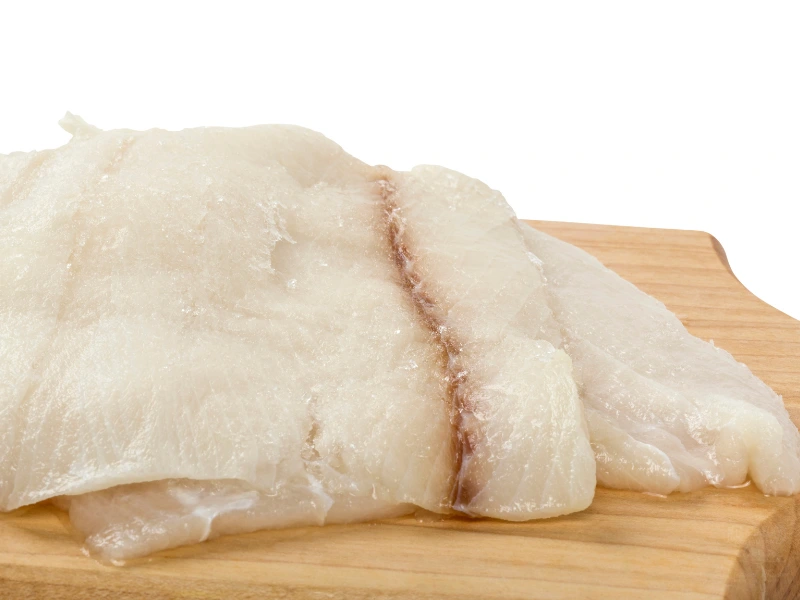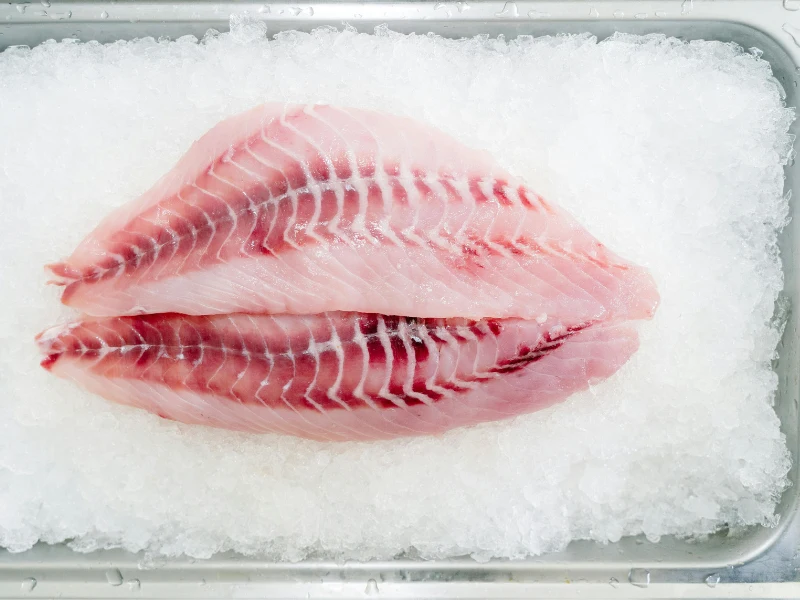Many people—especially those following pescatarian, religious, or health-based diets—wonder: is fish considered meat?

The answer to the fish vs meat debate depends on how you define meat, which animals it includes, and what cultural or dietary restrictions you follow. For some, fish clearly counts as meat because it’s animal flesh. For others, fish is viewed differently because it comes from cold-blooded animals rather than warm-blooded ones.
Join the calabash seafood experts from NC Seafood Restaurant in Raleigh as we explore the many sides to the age-old debate on whether or not fish is a form of meat.
Table of Contents
What Are the Defining Features of Meat?
Before deciding whether fish is meat, we need to define the term. Most dictionaries define meat as “the flesh of animals used as food.” By that definition, fish is meat—it’s animal flesh that humans eat. However, everyday usage often narrows the meaning, as many people consider the term “meat” to directly indicate that a food is steak, chicken, pork, duck meat, or meat from another warm-blooded animal.

Defining What Counts as “Meat”
- Warm-blooded vs Cold-blooded: Some define meat only as flesh from warm-blooded animals (cows, pigs, chickens, turkeys). Because fish are cold-blooded, they’re excluded in certain diets and religious guidelines.
- Mammals-only View: Others limit “meat” to fur-bearing mammals (beef, pork, lamb), excluding birds and seafood—so fish isn’t meat, and chicken or duck may be treated as separate categories.
Although some definitions classify meat differently across cultures and contexts, most agree on a few biological and nutritional traits that distinguish meat from other foods.
Understanding the Definition of Meat
Meat Is Animal Flesh
At its most basic level, meat refers to the edible muscle tissue of animals. This includes mammals, birds, and fish. It’s composed primarily of protein, water, and varying amounts of fat. When cooked, the proteins in animal flesh denature and firm up, creating the familiar texture we associate with meat.
Meat Comes from Living Animals
Meat originates from animals that were once alive—beef from cows, pork from pigs, chicken from birds, lamb from sheep, and so on. Even though some people debate whether seafood belongs in the same category, it still fits this definition because fish and shellfish are animals.
Meat Contains Animal Protein and Amino Acids
One of the defining nutritional characteristics of meat is its complete protein profile. Meat provides all nine essential amino acids that humans need for building and repairing tissue, making it a valuable source of protein in most diets.
Meat Includes Fat and Micronutrients
Beyond protein, meat supplies varying levels of fat, including saturated fat and cholesterol, along with key vitamins and minerals such as iron, zinc, vitamin B12, and niacin. These nutrients support energy metabolism, brain function, and red blood cell production.
Meat Comes from Both Warm- and Cold-Blooded Animals
Most people associate meat with warm-blooded animals like cows, pigs, and chickens, but the term can technically apply to cold-blooded animals as well. Fish, reptiles, and amphibians also have edible muscle tissue—so by scientific standards, their flesh is still considered meat.
Texture and Structure Distinguish Meat From Plant Foods
Unlike vegetables or grains, meat has muscle fibers, connective tissue, and natural juices that give it a unique chew and flavor. This structural difference is one reason why plant-based substitutes try to mimic the fibrous texture and umami flavor of animal meat.
Religious and Cultural Views on Whether Fish Counts as Meat
Religious traditions around the world influence whether eating fish is permitted on certain days or under specific restrictions.
Religious and Cultural Perspectives on Meat and Fish
Catholic and Christian Traditions
During Lent and on certain holy days, Catholics abstain from eating meat that comes from warm-blooded animals. Because fish are cold-blooded, seafood is considered acceptable—one reason “Fish Fridays” became common.
Jewish Dietary Laws
Under Jewish kosher guidelines, fish that have fins and scales are considered parve—neither meat nor dairy. Shellfish such as shrimp or crab do not qualify as kosher and are therefore excluded.
Hindu Dietary Customs
Many Hindus follow a lacto-ovo vegetarian diet that excludes meat, poultry, and fish but allows animal products like milk and eggs. For them, fish would clearly be classified as meat and therefore avoided.
Nutritional Comparison of Fish vs. Other Meats
Even if fish is meat by definition, its nutritional profile sets it apart from red meat and poultry.
Fish Is a Lean Protein with Heart-Healthy Fats
Fish is a great source of high-quality protein, iodine, selenium, and omega-3 fatty acids . Eating fish regularly can support a healthy diet, reduce inflammation, and lower the risk of heart disease.
Red Meat Is Rich in Iron but Higher In Saturated Fat
Beef, pork, and lamb provide iron, zinc, and niacin, but also contain more saturated fat. High intake of red meat—especially processed forms—has been linked to increased risk of heart disease and certain chronic conditions.
Best Types of Fish to Substitute for Meat
If you’re trying to eat less red meat or poultry but still want satisfying texture and rich flavor, certain fish offer a “meaty” bite, high-quality protein, and versatile cooking methods. Below are great fish choices to shop for at the market when you are looking to have that same center-of-the-plate impact you’d get from other meats.
Fish That Feels Like Meat
Common Questions About Fish and Meat
Scientifically speaking, yes—fish is animal flesh and therefore meat. However, some dietary and religious classifications treat it differently.
Seafood, including fish and shellfish, comes from animals and is generally considered meat, though certain traditions may categorize it separately.
Many people choose to eat fish but not red meat for health reasons, lower saturated fat intake, or religious allowances for cold-blooded animals.
Yes, tuna is a type of fish meat that’s high in protein and offers other health benefits like omega-3 fatty acids, commonly eaten fresh, canned, or grilled.
In most cases, eating fish—especially fatty fish like salmon or tuna—offers more heart-healthy fats and less saturated fat than red meat.
No. Since fish are animals, vegetarians typically do not consume fish. Pescatarians, however, include fish and seafood in their diets.
No. Red meat refers to muscle tissue from mammals like cows, pigs, and lambs. Fish is a separate category due to its lighter color and lower myoglobin content.
Enjoy Fresh Fish in Raleigh at NC Seafood Restaurant
If you include fish in your diet, experience it at its best right here in Raleigh. NC Seafood Restaurant has served authentic Calabash-style seafood for over 30 years—crispy, golden, and cooked to perfection. Visit us for dine-in or order online to enjoy seafood favorites right here in the heart of the Triangle.
View Takeout Menu